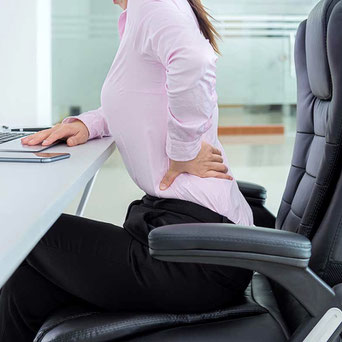
Back pain, and particularly low back pain, is one of the most common complaints amongst not just Singapore office workers but Singaporeans in all professions. It’s debilitating, annoying, frustrating, upsetting and quite frankly a right pain in the….back! Whenever we do surveys of employees at corporates in Singapore it’s right up there with weight loss and mental health as three of the most popular topic of concern. No wonder there are so many chiros, physios and osteos in Singapore – many that almost exclusively treat this condition alone. The media tell us we get back pain from too much sitting, mechanical injuries, herniated discs and degenerative diseases. But is that all? Does that cover all of the hidden causes of back pain in Singapore? Maybe not and today we’ll look at how hydration, exercise, nutrition and leaky gut all contribute to this exasperating condition and how to go about fixing it permanently.
For any of you that are familiar with Levitise you know we boil everything down to the 10 key elements of health, happiness and longevity that are: movement, nutrition, sleep, breathing, emotion, hydration, environment, social, thinking and sunlight.
The 5 elephants in the room from this list, when it comes to dealing with back pain, are movement (and physicality), nutrition, sleep, stress and hydration so let’s tackle each one of these in turn.
Movement
Posture

Lordosis is the inward curvature of the spine that is normally present at the lumbar and cervical regions of the spine. But nowadays, a lot of people suffer from what we call lumbar hyper-lordosis, an exaggerated curvature of the lumbar spine. The forward tilt of the pelvis forces the lower part of the spine to be more extended. We like to refer to this posture as the “Donald Duck posture”.
The flat back posture is characterized by a total lack of curvature in the lumbar spine. A normal healthy spine should present a soft lordosis in the lumbar region. A completely flat spine, looking at it from the side, creates a higher risk of having a slipped or herniated disc.
Kyphosis on the other hand, is the abnormal outward curvature of the spine, usually present in the thoracic part of the spine (the upper back if you prefer). This posture is usually referred as “Hunchback”.
And finally Scoliosis refers to the sideways curve over 10° of the spine when looking from the back. The curve could occur on the lumbar or thoracic part of the spine or even in both in some cases. Now, scoliosis cases are usually classified as either structural, in which the curve is rigid with rotation of the vertebrae, or functional, that occur because of posture, compensation or inflammation of an organ, and can be corrected. For the purpose of this article, we'll be focusing on functional scoliosis.
All these types of poor posture will very likely create back pain either because of muscle spasms, strains, pinched nerves, or even prolapsed discs. Altered posture results from imbalances between muscle groups, some being too tight and pulling joints in one direction, the others being too weak, unable to counter balance the tight muscles.
In the lordosis and kyphosis, it is likely to be the result of an imbalance between flexors and extensors or muscles from the posterior and anterior chain. Weak lower abdominal musculature and hamstrings coupled with strong and short lumbar erectors and iliopsoas (part of the hip flexors) will tilt the pelvis forward and create lumbar lordosis. And kyphosis will appear when short and tight abdominals pull the sternum down and can be counter balanced by weak thoracic extensors in the back. Flat back posture results from long and weak lumbar erectors and iliopsoas, tilting the pelvis backwards, coupled with tight hamstrings and lower abdominals. Scoliosis cases are quite complex, but the imbalance will be between left and right muscles. To make it simple, tight muscles on one side will flex the spine, and the muscles on the convex side will be weaker.
Now you might wonder, how do you end up with muscle imbalances in the first place? A lot has to do with your lifestyle and the posture you opt for and movements that you perform on a daily basis.
Ergonomics
Like most people nowadays, you probably spend the biggest part of your time either working, sitting at your desk in front of your computer, or sleeping. The position you spend the most time in will become a reference for your nervous system and muscles, and your body will adapt to be able to maintain this position. Some muscles will be stretched out and some muscles will become stronger, and your body will keep going back to this position that became the new “normal” position. And it will become very difficult to reverse this posture without any sort of corrective exercise program.
We talked in more details about proper desk sitting position here and sleeping position here.
Sports
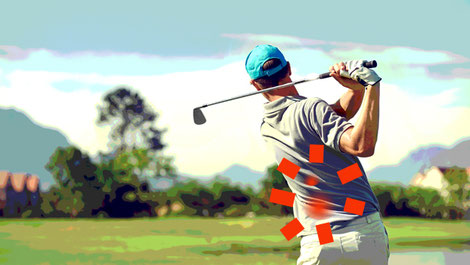
Another reason you might be developing muscle imbalances could be the sport you practice. Either because of poor form or because of repetitive movements. If you do any sort of strength training involving lifting weights, if you don’t have an impeccable form when performing squats, deadlift, snatches, kettlebell swings and the like, you’re very likely to end up with back pain, or worse, disc injuries.
Other sports can also bring muscle imbalance because of repetitive movements. Golf is a great example. You typically always swing from the same side. Your torso, legs, shoulders will always rotate and extend in the same direction, never the opposite side, so muscles will definitely become stronger on one side. A lot of golfers complain of pain in their low back for that reason.
Another example would be running. The quadriceps and upper abdominals are overused and become tight, when the hamstrings and glutes become elongated. Once again, this will lead to pain in the knees, hip flexors region or low back. If you want to read more on running muscles imbalances and performance, check out our article on the topic.
It is of course beneficial to gain strength in the muscles needed for your sport, but you need to balance it out with strengthening exercises to avoid imbalances and most importantly overuse injuries. Any training program should be balanced, and incorporate the 7 primal movement patterns: squat, bend, lunge, push, pull, twist, and gait.
Nutrition
So what the devil has nutrition got to do with back pain? Well quite a lot actually. A poor diet with too many toxins in it can contribute to digestive distress such as bloating, constipation, diarrhoea and irritable bowel syndrome. These organs require a huge amount of resources to repair them on a daily basis and are repaired by oxygenated blood flow that brings nutrients and vitamins through the arteries to where they’re needed. Now these arteries are also supplying oxygenated blood flow to your abdominal muscles. The job of your abdominal musculature (rectus abdominis, transverse abdominis and internal/external obliques) is to support you and hold you upright. That is not the primary job of your spine! So every time you go to bed at night your body preferentially heals your leaky gut due to your bad diet instead of building your abs. You can live with weak abs but you can’t live with a broken digestive tract. So even if you did a million crunches that day your body will not build your abs that evening if it feels that repairing your gut is a priority. Thus we now have a leaky gut, weak core musculature and a very sore back that’s taking all of your load!
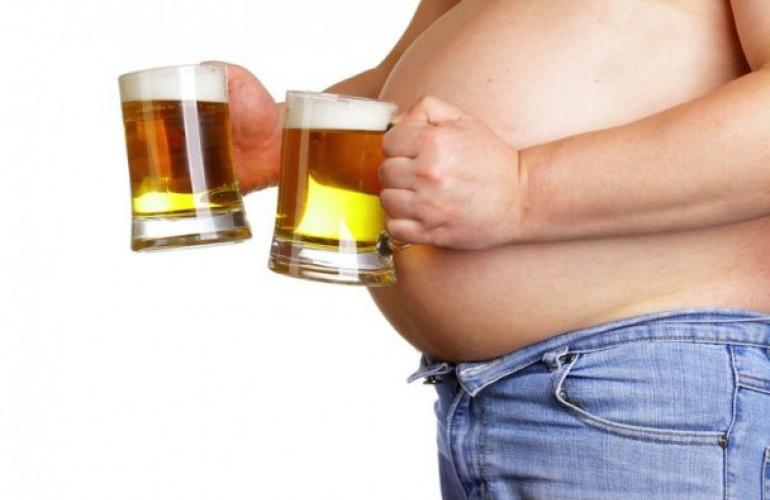
Another cause for the back pain is from the nerves that connect to both muscles and organs from the spinal cord. Those same nerves that link to specific organs in our guts also link to specific muscles in the back and neck. When you are experiencing stress in one of your digestive organs, that organ will send a message back to the spinal cord via the same nerve that goes to a corresponding muscle. As a result, the corresponding muscle in your back will become tense, contracted and painful.
The conclusion, from a nutritional standpoint, is to heal your gut, build your abdominal endurance and support your posture to cure your back pain.
Sleep
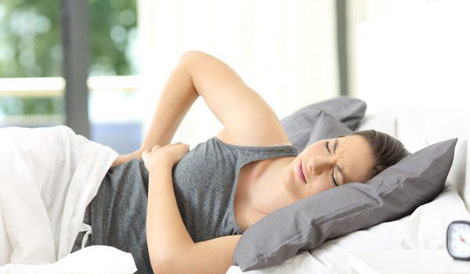
Really this just leads straight on from nutrition. We need to maximise our sleep, both in terms of quality and quantity, in order to both repair any damage done during the day, and to build muscles ligaments and tendons from any exercise stimulus. In Singapore we physically repair our bodies between the hours of 10pm and 2am. This is the sweet spot for when we not only want to be asleep but also ensuring that the quality of sleep is adequate. There are many things that can affect our sleep that we covered in this article.
Also the choice of bedding is key. Many of us have a poor posture from our unergonomic lifestyles. Sleeping in an extremely soft bed with too many pillows is not going to allow our spine to properly decompress and elongate during the night. And on the flip side sleeping on a rock hard mattress could cause us significant discomfort. But to be honest I don’t know anyone that sleeps on a mattress that’s too hard so really we only need to worry about the first one. There are a number of potential solutions such as investing in a harder mattress, changing pillow height and putting a cushion under your legs at night but a proper postural analysis and movement screen should be conducted first.
Emotions
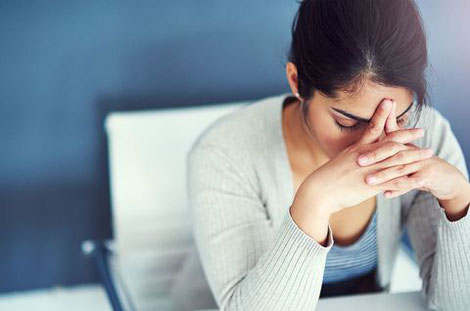
So when we’re talking about emotions here we’re really talking about emotional stress. In a survey published by Statista 29% of adults believed that stress was the cause of their low back pain1. How does stress contribute to back pain? Well in two key ways.
Firstly our body deals with physical, mental and emotional stress in exactly the same way. It thinks we’re running a away from a lion, or in the middle of a war zone, and sends all of our blood to our arms and legs so we can run away or fight. Digestion and repair are turned OFF. They are deemed to be temporarily unnecessary and turned off as we are fighting the enemy with a bow and arrow! Our body does not differentiate these ancestral acute stressors from our continuous modern stressors which set our stress mode to permanently ON. Stress is a massive contributor to digestive distress and leaky gut which then leads to the problems we discussed above on nutrition. Stress -> digestive distress -> leaky gut -> weak abs -> overloaded spine -> a very sore back!
Secondly when you’re stressed, your breathing patterns changes which causes strain and tension in the mid back. Your shoulders hunch up and this can cause pain throughout the upper and middle back. This is why a simple relaxing breathing technique can temporarily relive back pain. We like the 4/6/8 breathing technique best but there are tons so pick one that works for you.
Hydration
OK so you have 24 presacral vertebrae in your spinal column and between those vertebrae are 23 jelly like disks that are made up of 75% water that cushion your vertebrae. But if you’re not drinking enough good quality water or are drinking too many dehydrating drinks like alcohol, coffee, tea, coke etc. then these disks become dehydrated which cause the vertebrae to rub together, pinch the nerves and generate a lot of pain. Check out our quick Facebook video if you like to see this in more detail.
Wrapping up...
So as you can see there really could be a number of reasons for your back pain. From a movement perspective we have poor posture caused by lifestyle ergonomics, sporting, running or exercise induced muscle imbalances. And from a non physical activity perspective we have poor nutrition, leaky gut, sleep, emotional stress and dehydration. This is often why specialists often miss the root cause as they are not aware of all the other issues. If you're looking for a needle in a haystack the first thing you want to make sure you're doing is looking through the entire haystack! But anyhow becoming aware of the issues and the possible root causes is phase 1 in your healing journey so congratulations if you made it this far. You're now equipped with advanced knowledge of the potential causes of back pain and can swiftly progress to phase 2 - the investigation!
To your health, happiness and longevity,
The Levitise Team
P.S. If you love this blog post then do check out our fortnightly newsletter where you'll get the freshest content on health, nutrition and fitness delivered straight to your inbox. Don't miss out and sign up here with just your name and email.


Write a comment